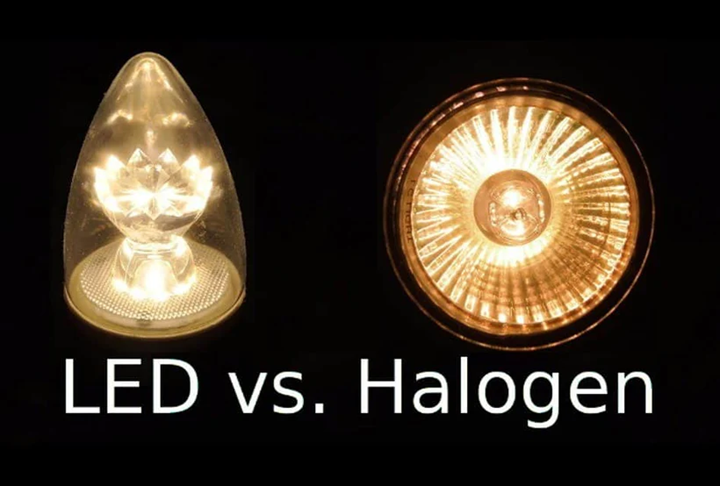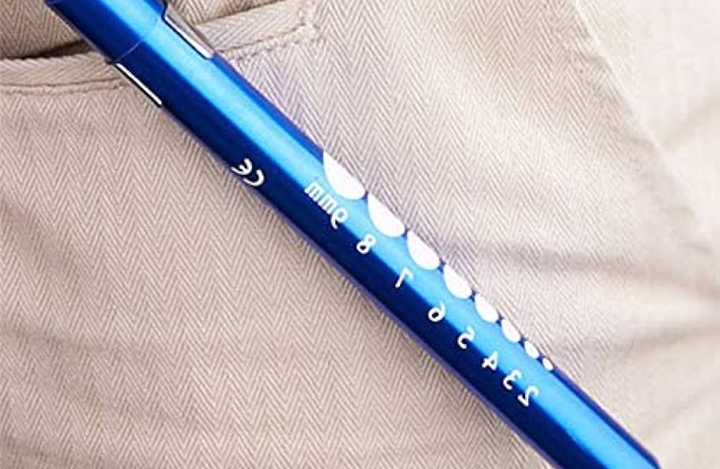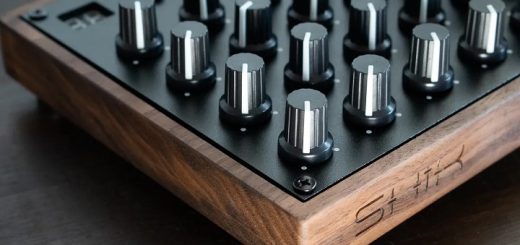Essential Diagnostic Tools for Nurses: How to Choose a Penlight
Determining precisely what illnesses and injuries patients are dealing with is essential to their treatment. Medical practitioners use various diagnostic tools to diagnose patients’ conditions precisely. All these gadgets are critical components in a clinician’s diagnostic toolkit, some multifunctional and others more focused.
A pen with a light is a common diagnostic equipment that every medical professional should carry with them at all times. Whether disposable or reusable, these special flashlights are lightweight, bright, and practical. Selecting a medical pen light could initially seem simple, but as you begin looking, you’ll find many options, making it more challenging to pick the best one.
What Is a Penlight Used For?

As the name implies, this is a tiny flashlight in the form of pens. It’s typically 12-15 cm long and built with either LED (light-emitting diode) or tiny halogen lightbulbs. It requires AA or AAA batteries and is designed to brighten one exact area compared to a typical flashlight’s wider illumination. The most common use of a penlight is in the medical world as a convenient diagnostic tool. Besides nurses and other medical professionals, police officers and mechanics also use this convenient gadget.
Benefits of Using a Penlight
Using a high-quality diagnostic penlight offers many advantages over a larger flashlight in a traditional style. Here are some of them.
Easy to Carry
Penlights are small and lightweight, making them convenient to carry about all day. Being the size of a pen, they can fit into your pocket. Because of their small weight, you won’t even be able to tell you’re carrying them, and their thin profile won’t cause your lab coat or scrubs to lose their fabric.
Fitting Into Small Spaces
These tiny lights are helpful tools for evaluating symptoms in the mouth and throat, relatively small areas that would be challenging to accommodate a standard-sized flashlight. Some medical flashlights have a tongue depressor attached, making examining the throat easier.
Targeted Illumination

Even in a well-lit doctor’s office, many bodily parts, including the ears, lips, and neck, will still be hidden by shadows. Using a pen with light, you can only highlight the regions that require examination at the appropriate time.
Perfect Brightness Level
If you’ve ever shone a standard flashlight directly into your eyes, you were most likely momentarily blinded. That’s because more lumens from the flashlight exist than your eyes can see. A lumen is the unit used to quantify how bright a light is. Watts is the unit of measurement for energy used to power a light; lumens are not the same. Penlights are made to deliver precisely the right quantity of lumens to cause a pupil reaction in patients without compromising their vision.
How Do I Choose a Penlight?

Even while a nursing flashlight seems like the most basic of equipment, there are many significant elements to consider when choosing your next penlight. Although there is no right or wrong answer to these decisions, considering them can help you pick the best choice for your diagnostic requirements.
Metal vs. Plastic
Almost all nursing penlights are composed of either metal or plastic. Although all disposable penlights and all reusable ones should employ these materials, that’s not the case. So, before you buy, it’s best to read the product description. While plastic options are composed of tough plastic, their metal counterparts are made of lightweight yet durable metal like brass or stainless steel. You can also find metal parts like the clip in plastic pens with lights.
Disposable vs. Reusable
Each pen light type has advantages and disadvantages of its own. Reusable models cost more, but last longer because of their stronger structure and better materials, reducing waste for customers who care about the environment. Disposable options are less expensive but include inferior materials, and have a shorter lifespan.
Halogen vs. LED bulbs

If you’ve recently gone shopping for light bulbs for your house, you’ve undoubtedly heard about halogen and LED. Halogen light bulbs emit a vivid, golden light that resembles sunlight. But because halogen bulbs don’t last as long and need more electricity, their LED counterparts have gained popularity in recent years. While in use, halogen lights also get hot to the touch; in contrast, LEDs operate much cooler, contributing to their longer lifespan and lower power consumption.
However, one aspect of LED lights people find objectionable: the light that the bulbs often emits has a tinge of white or blue, which might distort the colour. Although LEDs are more expensive initially, they frequently pay for themselves over time because they require fewer replacements than halogen bulbs due to their longer lifespan.
Tail Click vs. Twist Top vs. Side Click Switches
There are various ways to switch on and off pen lights. Many include a tail click option, which functions similarly to a click-type pen and has a button at the top that you press. This version is fairly simple to turn on and off, which may cause the light to turn on by accident occasionally. The faux “cap” of twist-top penlights twists back and forth to turn on the light instead of coming off. A sliding switch is located on the side of side click penlights. It may pass for a metal pen clip.
Pupil Gauge vs. No Pupil Gauge

A pupil gauge is printed on the side of many, but not all, penlights for nurses. Whether or not you want a pupil gauge on yours depends entirely on you and how comfortable you are eyeballing the response data.







